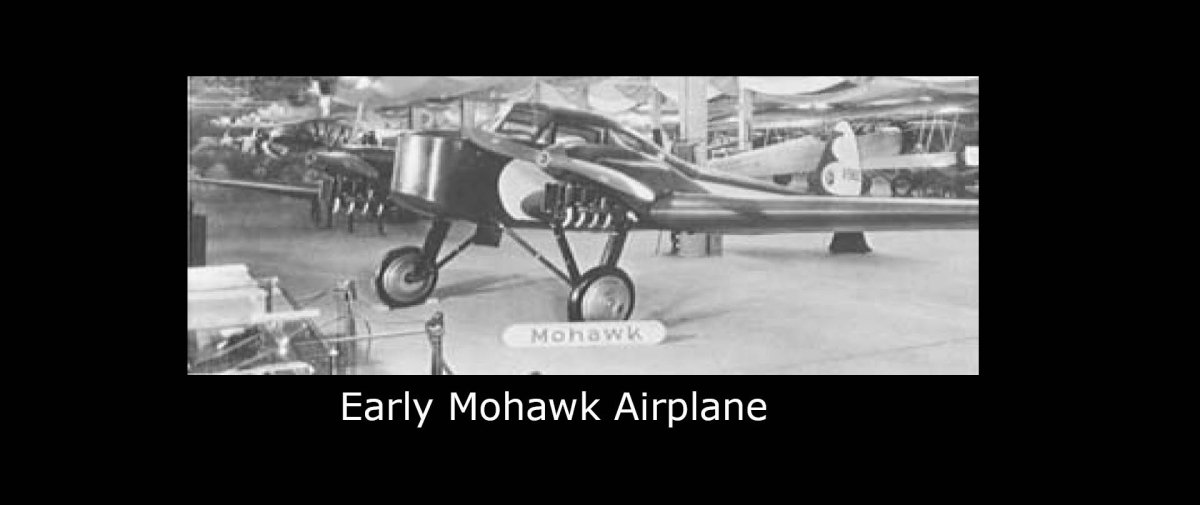History











Brief History of AEM
The AEM Department traces its beginning as an independent department to 1929, when Dean Ora Leland hired Professor John D. Akerman as Acting Head of the newly formed Department of Aeronautical Engineering. In the early days, the department’s focus was aircraft design and producing students who satisfied the needs of the fledgling aircraft industry, rather than on the engineering science associated with flight. Some important milestones from the initial decades of the department include: Professor Jean Piccard’s work (along with his wife Jeanette) on high altitude ballooning in the late 1930s and 1940s; the opening of Akerman Hall in 1949, and the creation of the Rosemont Aeronautical Laboratory (RAL). In particular, RAL served as the research hub of the department for most of the 1950s, and its facilities attracted German scientists such as Professors Rudolph Hermann and Helmut Heinrich to the department. Scientists at RAL also developed air data and flow sensors, and eventually spun off their own company (Rosemount Inc., then B.F. Goodrich Aerospace and now United Technologies).
From the standpoint of the present-day department, the most important issue from these early days was the conflict between the industry-focused, applied curriculum promoted by Akerman, and the engineering science approach championed by the Daniel Guggenheim Fund for the Promotion of Aeronautics, and the seven schools that received these funds (NYU, Caltech, Stanford, Michigan, U. Washington, MIT, Georgia Tech). Over time, the leadership at the University and College moved more toward the engineering science approach, but were held back by Akerman. This changed in 1958 when Dean A. Spilhaus merged the Department of Aeronautical Engineering with the Department of Mechanics and Materials, and replaced Akerman with Professor Benjamin Lazan from the Department of Mechanics and Materials.
After the merger, and under the leadership of Lazan and then Professor Pat Sethna, the department moved towards engineering mechanics and away from aerospace engineering. New faculty hired in the 1960s included: Professors Robert Plunkett, Roger Fosdick, Dan Joseph, Ted Wilson, Tom Lundgren, Gordon Beavers and William Garrard, all of whom (with the exception of Garrard) had research interests more in fundamental mechanics than aerospace. The decline in the aerospace industry in the early 1970s resulted in the department losing faculty during that decade, and there was limited hiring until the mid-1980s, when Professor Richard James was hired (1).
As the 1990s approached, many of the faculty hired in the 1950s and early 1960s were close to retirement, and so there was a significant increase in faculty hiring, including current faculty Professors Perry Leo, Ellen Longmire, Tom Shield and Gary Balas(2). In 1992, Sethna retired and Garrard became Department Head.Garrard hired a number of new faculty members including Professors Graham Candler and Krishnan Mahesh in computational fluid dynamics; Professor Demoz Gebre-Egziabher in aerospace systems; and Associate Professor Ryan Elliott in solid mechanics. Garrard also revitalized the required undergraduate design sequence and re-energized the Professional Advisory Board in order to make the curriculum more relevant to engineering practice and responsive to the needs of employers of our graduates.
The department’s growth continued under Balas, who became Head in 2005. Balas hired Associate Professor Tom Schwartzentruber and Assistant Professors Joe Nichols and Filippo Coletti in fluid dynamics and Associate Professor Peter Seiler in aerospace systems. Balas also worked to improve the department’s home in Akerman Hall. These improvements include a remodeling of the departmental main office, 107 Akerman Hall, and a $5.3M fire-life-safety upgrade to the building, including a new air conditioning system. Balas also spearheaded a $2.5M renovation of the Akerman Hall Hangar. Unfortunately, Balas passed away in 2014 after a two-year battle with cancer. In his honor, the atrium of the hangar was dedicated as the Gary J. Balas Atrium in 2015.
The current Department Head, Leo, started after Balas stepped down as Head at the end of 2014. Under Leo, the department has worked to build up the aerospace systems group (which lost not only Balas, but also Zhao, Mettler and Garrard, who retired in 2017) by hiring Assistant Professors Maziar Hemati, Richard Linares, Derya Aksaray and Ryan Caverly.
- Professors Tayfun Tezduyar and Gerald Ericksen were also hired during this period. Tezduyar left in 1998 and Ericksen retired in 1996.
- Professor Yiyuan Zhao, Assistant Professors Scott Abrahamson and Tom Posbergh and Associate Professor Amy Alving, were also hired during this period. Abrahamson and Posbergh left in 1993, Alving left in 1996 and Zhao left in 2011. Balas passed away in 2014.